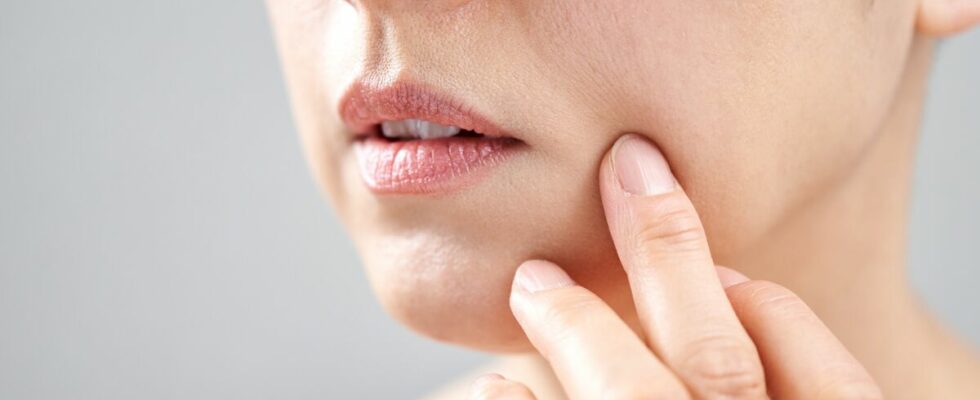Skin aging is linked to each person’s genetics. We are not all equal when it comes to the effects of time., and it’s not our skin that will say the opposite. Some people see their first wrinkles arrive at age 25, while others can wait up to 50 years before the first furrow deepens. Nevertheless, we have some cards in hand all the same. Certain actions and habits can allow us to slow down our skin aging, such as drinking at least 1.5 liters of water per day, not smoking, protecting your skin with sunscreen or even adopting a targeted skincare routine every day. .
According to a news study scientific, another factor would also be likely to accelerate the signs of aging of the skin and promote wrinkles, and it is already on our body. Scientists from the Center for Microbiome Innovation (CMI) at the University of California at San Diego collaborated with the research and innovation center of the giant L’Oréal to better understand the factors behind the signs of skin aging. They found that the skin microbiome plays an essential role. Explanations.
The role of the microbiome in skin aging
The collaborative study analyzed data collected during 13 studies conducted by L’Oréal, covering more than 650 participants, aged 18 to 70 years old. Clearly, the scientists examined the skin microbiome of these volunteers. Because yes, our skin contains a myriad of skin bacteria, but also viruses, yeasts and even fungi. These micro-organisms are all “good” and naturally present. In a press release, the researchers explain that they were able to “distinguish associated microbes [aux] types of signs of skin aginglike the crow’s feet wrinklesof those associated with age as a simple chronological number“, the whole thing”using advanced statistical methods“.
Microbial diversity singled out
The scientists thus observed two notable trends after their analysis. They noticed a positive association between the diversity of the skin microbiome and lateral cantonal wrinkles, in other words crow’s feet wrinkles, which are generally the first to appear. Then, they also observed a negative correlation between microbiome diversity and transepidermal water loss, that is, the amount of moisture that evaporates through the skin. In short, this means that specific bacteria contribute to crow’s feet wrinkles and the skin’s ability to retain moisture.
Furthermore, the researchers identified several potential biomarkers which according to them deserve to be studied as relevant microorganisms. For scientists, deducing a causal link from this study would be “premature“However, they believe that their results can serve as indicators to better understand the associations between microbes and skin aging.”By confirming a link between the microbiome and skin health, we have laid the foundation for further studies to uncover which microbiome biomarkers are linked to skin aging and, one day, to show how to modify these biomarkers to generate new targeted recommendations for skin health“, commented Rob Knight, author, director of the CMI and professor at the University of California.
Sources:
- A multi-study analysis enables identification of potential microbial features associated with skin aging signs – Frontiers
- Researchers Discover Potential Microbiome Links to Skin Aging – University of California San Diego
